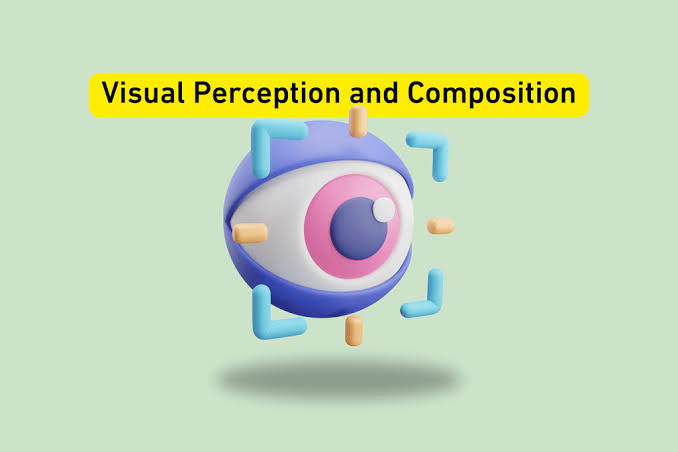Photography goes beyond snapping pictures; it's a form of expression intricately woven into the science of perception. Our perception of visual cues shapes how we understand photos impacting our feelings and thoughts. This complex connection between psychology and photography reveals how visuals can stir emotions, convey messages and engage audiences. By delving into this realm we can gain insight into how photography not serves as a record of reality but also molds perception and sparks contemplation.
Visual perception refers to the way we make sense of information, through our eyes. It involves processes such as focusing, recalling and reacting emotionally. Photographers can tap into the principles of perception to craft captivating images that resonate with viewers on a level. Factors like composition, color and lighting play crucial roles in directing attention and shaping how an image is interpreted.
Composition plays a role, in photography shaping how we see images. The way elements are arranged in a shot can guide our focus to areas highlighting the subject. Techniques like the rule of thirds, leading lines and framing contribute to achieving a sense of balance and unity in a photo. By positioning subjects and incorporating space photographers can elicit emotions of calmness, chaos or tension based on their creative vision. For example a thoughtfully composed picture of a peaceful landscape may evoke feelings of serenity and tranquility while a bustling cityscape might convey a sense of urgency or unease.
Color psychology plays a role, in shaping how people perceive photographs. Different colors carry meanings and associations that can trigger emotional reactions. For instance warm shades like red and orange can evoke feelings of warmth, excitement or passion. In contrast cool tones such as blue and green often convey a sense of calmness and tranquility. Photographers can intentionally use colors to enhance the story behind their images and stir up specific emotions. A lively and colorful portrait may radiate joy and energy while a muted monochromatic photo could evoke a somber or nostalgic atmosphere. By grasping the impact of colors photographers can craft images that deeply resonate with viewers emotionally.
Lighting plays a role, in how photographs are perceived. The type and angle of light can significantly impact the atmosphere and feel of an image. Soft, diffused lighting can give a dreamy quality while strong direct lighting can create contrasts and highlight textures. Photographers use lighting intentionally to evoke emotions, showcase details or add depth. For instance backlighting can add an element of mystery and curiosity encouraging viewers to delve deeper into the subject. By skillfully manipulating light photographers can influence reactions and enrich the narrative quality of their visuals.
The influence of photography on psychology goes beyond its components; it also includes the context in which images are shown. The presentation of a photograph such as its framing, display or sharing can impact how viewers connect with it. For example images showcased in a gallery setting might encourage viewing while those shared on media may receive attention. Moreover the captions or stories accompanying the images can add context that influences how they are understood. Photographers should take into account the settings in their images will be encountered adjusting their approach to maximize viewer interaction.
Moreover the psychology behind photography intertwines, with the art of storytelling. Photographers have the power to convey stories through visuals using storytelling techniques. When a moment is captured it can tell a bigger story that resonates with viewers by connecting to their emotions and experiences. Successful visual storytelling often incorporates themes, relatable characters and emotions that evoke empathy and a sense of connection. For instance a photograph depicting a moment of joy, sadness or hardship can leave an lasting impression on viewers prompting them to reflect on their own lives and experiences.
The growth of photography and social media has changed how we see and interact with pictures. Now anyone can easily share their unique viewpoints and experiences with the world through photography. This also brings up concerns about authenticity and how images can shape our perceptions. With the widespread use of editing software and filters photos can be modified to show a version of reality. This kind of manipulation can influence how people perceive things and what they expect sparking conversations about the genuineness of visual imagery.
Photography's psychology delves into the realms of nostalgia and recollection. Pictures possess the ability to stir emotions and memories acting as cues that whisk viewers away to moments in their past. Gazing at photos can evoke a sense of nostalgia bringing to mind past experiences, connections and sentiments. This link to memory emphasizes the role of context in photography since the interpretation of an image can vary based on an individuals encounters. A snapshot that holds meaning for one person may resonate differently with another underscoring the nature of perception.
To sum up the psychology behind photography involves a blend of how we see things, how we feel about them and how we interpret them based on context. Photographers who grasp the rules of composition, color psychology, lighting and visual storytelling have the ability to craft impactful images that strike a chord with viewers on a level. As photography evolves its crucial to keep in mind the factors at play. By acknowledging the deep influence images have on our emotions and perceptions photographers can leverage this knowledge to weave stories that captivate, stir emotions and forge connections with their audience.
